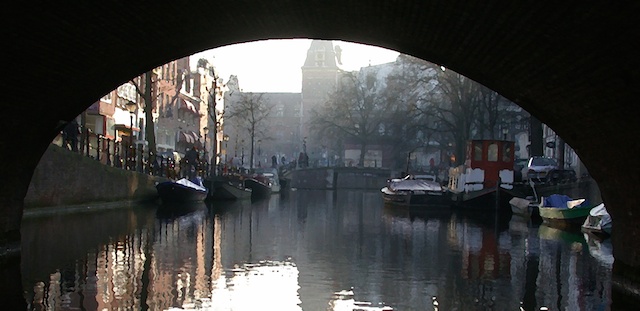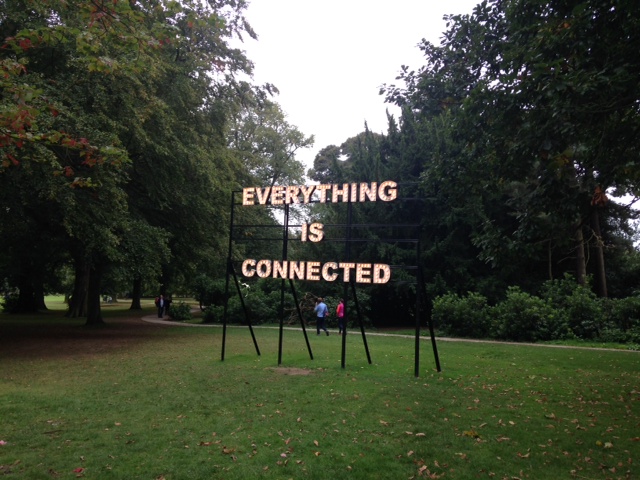Armando Iannucci nails it.
The challenge, then, is to turn that Scottish no vote into something positive and enduring. For the other feeling I get as the debate dies down is that Scotland wanted this whole argument to mean something, irrespective of the result. A nation conversing with itself and about itself can be just as extraordinary as the decision it eventually makes. What Scotland has now bequeathed the UK is a fascinating demonstration of total political engagement in action.
The two numbers I take away from this week are not 55% or 45% but 84.5% and 16. 84.5% is the extraordinary turnout from Thursday, and 16 is the age from which those people could vote. That 84.5% mass movement could be the source of a greater political upset than all the discussions about constitutional conventions and decentralised government. Though it’s right that Westminster debates how its power should be properly wielded, 84.5% reminds us that this discussion now goes way beyond Westminster and back to the electorate it serves.
This is a public discussion about politics, not just one for constitutional experts. The yeses and the nos came out in force together, so it wasn’t just nationalism that demanded to be heard – it was almost an entire people. In the weeks leading up to the vote, TV cameras caught arguments between strangers on street corners locking horns over the Barnett formula and the decommissioning of Trident. Families spent breakfasts pulling apart the pitfalls and promises of devomax.
On both sides of the referendum, people were energised by an astonishing proposition: take everything you’re used to in politics and imagine you could put it to one side and start again. At that, the people did the talking and politicians were forced to listen.
And this:
It is no surprise that even though we’re one of the most stable societies in the world and one of its most uncorrupt, we feel massively disconnected from the discourse of those we elect. They speak differently, they gesture unlike anyone in real life, they move from politics degree to parliamentary membership in the time it takes to wire a plug. Their speech patterns, their unhesitating use of phrases such as “raft of initiatives” and “sustainability clusters” fails to penetrate human ears. Politicians have trapped themselves in their own speech bubble. The policies they formulate don’t feel like they’ve come from any ordinary discussion.
I think the moment I felt that politics went through a looking glass was in the 2005 general election campaign. Tony Blair, the defending prime minister, was asked if Labour was going to renew Britain’s nuclear deterrent and, more pressingly, why there was no clear answer to that question in his party manifesto. His answer was genius. “That’s not a question for now. That’s a question for the next parliament.”
Step back and parse for a second the verbal errors by which democracy as we know it is casually denied in that sentence. Democracy normally works like this: people tell you what they’d do if they were in power and you vote for the ones you agree with. Under the Blair doctrine, however, it seems you vote people into power first and then you might find out what they want to do at a later stage.
It’s no surprise that there is steadily building up a complete and utterly bamboozled look of awed incomprehension on the public’s collective face about what on earth politicians mean by what they’re saying.
They talk like the priests of an oriental church, in a Coptic language based on scripture we’re too uneducated to understand.
Of course it’s possible that the electorate will just shrink back into apathy. But, watching Cameron’s posturing on Friday morning, I wondered if this tired, broken, unsustainable way of doing politics can endure through a generational change.
Unfortunately, Ed Miliband doesn’t seem to see that here is a real opportunity for a radically different approach to politics. Nor does his party. Pity.


